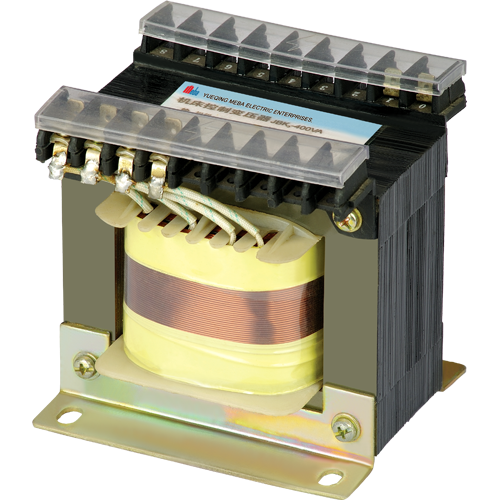A traditional electric transformer is made up of winding of conducting wires wrapped around a solid core. This type of induction coil transformer has been in use for over 150 years.
Because of its excellent electrical conductivity, anti-corrosive qualities, malleability, and durability, copper have been the primary metal used in winding. It may also be used as a foil in some types of transformers when other metal foils can be utilized as substitutes.
Most induction coil transformers have a core constructed of solid or toroidal laminated iron, steel, fer rite, or silicon steel. The core is often left open to allow air to act as the material at the center of the created magnetic flux.

A changing electric current is supplied via the input terminals of the main winding or solenoid to create power at the secondary winding’s output terminals. This current generates an electromagnetic flux in the core, which causes a fluctuating electric current to flow through the secondary winding.
All conventional transformers from electric transformer manufacturer work only after the alternating current is fed via their input terminals; they do not work with direct current unless the input circuitry includes a vibrating electric contact.
Electric transformers have become a worldwide standard for AC power transmission and distribution.
AC transformers can be used as either step-up or step-down transformers. Energy losses such as winding joule losses, eddy current losses, hysteresis losses, transformer hum, and mechanical vibration, among other issues, degrade the efficiency of these systems.
Electric transformers can be single phase, shell type, or three-phase depending on the winding and core layout. Mineral oil and a specific conventional vent are used to cool large transformers.

Transformers are classified in a variety of ways, but the most common are auto-transformer, capacitor voltage transformer, poly phase transformer, and distribution or power transformer. They are mostly used to boost generator output to transmission levels while also lowering the voltage at the consumer end when low voltage power is given to industrial or residential regions.
The fundamental principles of the transformer from the electric transformer supplier, in all of its modifications, remain the same today. A transformer converts electrical energy from a changing current in one wire coil into a changing magnetic field. The energy from this magnetic field is subsequently transferred to some other coil in the form of changing electrical current.
Follow us on Twitter

